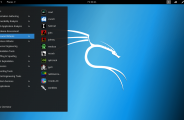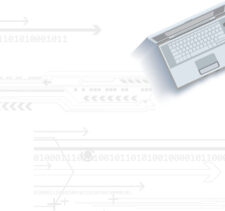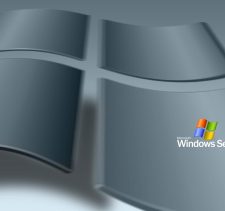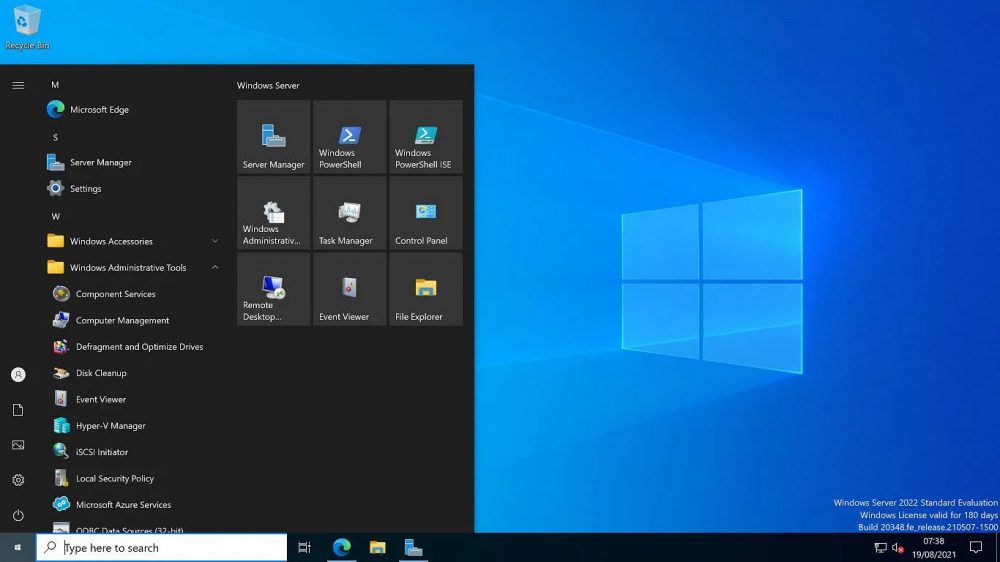Microsoft released Windows Server 2022 a few weeks ago. It did so earlier than expected, which is pretty odd, but it seems that the development of new features was already complete and mature so there was no point to wait a few months more. The last sentence pretty much explains the current status of Windows Server: so few changes, albeit interesting ones, that the product can be released months earlier than planned and without much fanfare.
While generally speaking the development of new features and functionalities for server applications mostly moved out of the base operating system and while we can also concede that Windows Server has many features at the OS level so it is difficult to design new ones, the fact each new release of Windows Server keeps bringing few new features is definitely because of Microsoft errors. Server applications today are either simple, think about a website or a Web application, or complicated. In the latter case, you generally think about microservices, Kubernetes and so on.
So we might say that since a few years Windows Server became more a tool to build base infrastructures than the base for new applications. That means that you usually install something on top of Windows Server to manage and deploy applications and you don’t usually rely on OS services only to develop your application. It is safe to say that it is a common scenario because Linux too is experiencing the same transformation.
However, Microsoft could have responded to Linux popularity by upping the ante and push more innovation into Windows Server and they didn’t.
Windows Server 2022 – continued fragmentation
The new Windows Server version has some nice and neat features. Besides a better Kubernetes compatibility, which is basically mandatory today, it features and big work to improve security. Credit where is due. That improves a lot both standalone servers security but it is also a fundamental improvement when deploying clusters, the famous infrastructures.
Other improvements include TLS 1.3 enabled by default and a few improvements around SMB, all of them improve security.
There would be other two important features to mention, one of them would be very important, but surprise: they won’t be available to all customers but only to those using Azure. At least for now.
Microsoft introduced Windows Server Datacenter: Azure Edition, another attempt to fragment Windows Server but the first one to draw a line between “standard” Windows Server and Azure versions. And we cannot welcome this kind of behavior because it basically starts to leave non-Azure Windows Server installations behind in an attempt to force Windows customers to move to Azure. Quite frankly, this is indecent especially when you factor how much Windows Server costs when compared to its competitor.
Features that Microsoft is withholding from its non-Azure customers are very important.
First, there is the much awaited hot-patching, that is a way to patch Windows without rebooting. Microsoft aims to use hot-patching especially for security patches and it would be a very ground-breaking innovation when considering how many emergency updates are needed today and how difficult is to reboot big servers or virtualization hosts.
The second feature Microsoft is blocking is QUIC, a new protocol to expose SMB shares (that is, file servers) over the Internet in a more secure way, by using HTTP(S). That is the first attempt to innovate SMB to go beyond the old protocol which is gaining even more features but it is useful mostly inside the datacenter and it is usually not welcomed over the Internet. By using QUIC companies can expose resources over the Internet without using a VPN. It is an useful innovation to a problem that Microsoft addressed too late, when SMB shares are basically ostracized over the Internet and we are not sure how much companies will use that when Microsoft forced people to switch to other protocols like S3 by refusing to create QUIC earlier. We suspect that, like for many other things in Windows Server, that ship already sailed.
There are other Azure-related features that Microsoft added to Windows Server 2022 but those are only useful if you plan to go hybrid and out of the scope of this post.
Fragmentation and Azure-centric features: Windows Server demise
Fragmentation has always been an issue during the past few years. Microsoft tried to morph Windows into a Linux-like tool and attempted to create many, and often completely unuseful, Windows Server versions. If you can say that Core versions were useful, and in facts they survived, other attempts were quite unuseful and just a way to try to push Linux users into a familiar environment while sacrificing Windows admin needs and essentially pushing them out.
Who doesn’t remember Windows Server Nano versions? Geez. And what about the SAC channel, the Windows Server Semi-Annual Channel? Unsurprisingly, none of them worked and they were quickly abandoned. Actually, with Windows Server 2022 Microsoft is cancelling the SAC channel altogether, with the excuse that they will provide the same functionalities into Azure Stack HCI.
Was it a surprise? Actually, not. Besides the marketing buzz, you only need to know your customers to understand that if they wanted to become Linux sys-admins, they would use Linux. Instead, Microsoft was so eager to please the penguin-ish community that they lowered the quality of their products in order to exploit the familiarity of those users to push them to switch or, at least, not to reject the product. If we are at this point you might have understood that they failed, being unable not only to push those Linux users in but, in the meantime, pushing its most loyal customers out.
Those fragmentation initiatives were not easy to deal with. Every couple of years Microsoft came with a new setup, a new landscape for its server product with different functionalities, different features and different way to deal with Windows Server. Instead of focusing onto developing the product, Microsoft kept creating special versions that customers had to consider and told them to use the new vision to go on. Every time those new initiatives carried big drawback and issues. Use the SAC to get the new features as soon as possible. But oh, don’t forget we won’t support that longer than 18 months… It might have had a reason but it was annoying and soon it was clear that the safest bet was standard Windows Server. That fragmentation didn’t help to understand what to do and where to invest in a landscape where Windows Server, which was thriving only a few years ago, became marginal in a very short time and Microsoft clearly showed de-commitment to the platform.
A loud warning bell: Windows Server Azure Edition
That situation has been exacerbated by the constant annoying need to push for Azure integration. It’s been a while since when Microsoft started to cram into Windows Server features aimed at sneaking Azure in. That isn’t a surprise and it could be tolerated but this time is different. This time Microsoft is actively fragmenting the platform by withholding important features from non-Azure customers, thus sending a big shock-wave to those willing to use Windows Server. Soon Microsoft might force you to stop using Windows on-premise or outside Azure by stopping major developments for standard Windows Server and releasing new and important features on what it calls an Azure Edition.
We believe that this could be the final nail in the coffin of Windows Server. While Microsoft, whose licensing costs even on Azure are outrageously higher than its competitors at least if you consider the base OS, hopes to push more customers into surrendering to Azure it might well be that the next update cycle could simply push customers to switch to Linux in order to keep their independence from any public cloud.
Also, it will surely push more and more customers to consider Windows Server only as a brick to build base infrastructure but abstracting the actual implementation over safer tools like Kubernetes or other tools that could be installed on-premise, if needed, or on Linux.
Microsoft already pushed Windows Server from a thriving eco-system into marginal one and it also felt proud 🙄 to admit that customers of its Azure public cloud are mostly using Linux, not Windows. Which is a very odd statement and position for the company that makes Windows. We would feel a bit ashamed to state that but obviously Microsoft knows better than us.
The real question is: is it working? Is pushing Linux instead of Windows working to push Microsoft and its public cloud altogether and improve the adoption of Microsoft technologies that, in turn, will drive more people to Azure where such technologies are homed?
For sure Microsoft is making money now but our view is that they are weakening their position and that could soon put Microsoft into irrelevance the same way they are on the mobile landscape.
And we still need to address the schizophrenic strategy of Microsoft for what it concerns the new Azure OS that they are trying to market since lots of years with very mixed success. It will be detailed on part 2.



































Leave a Response